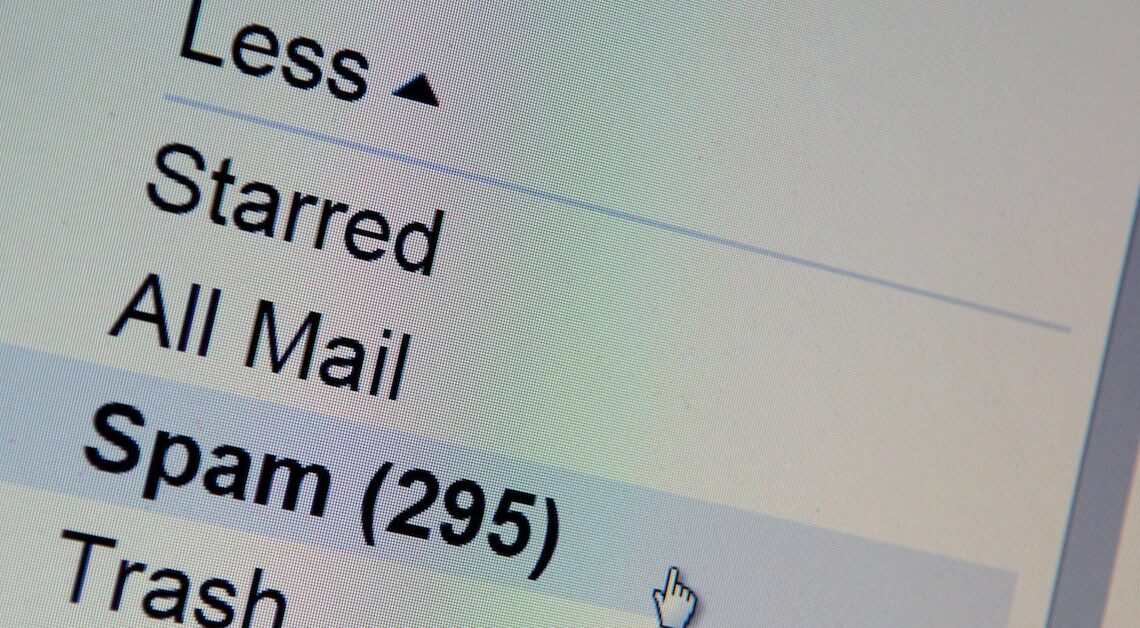
Spam, also known as “junk mail,” consists of unwanted messages sent in bulk, but few people know exactly what it is.
What is Spam: A Definition
What lies behind spam is often more than just advertising – many such messages aim to spread malware or steal personal data. A clear look at the mechanisms behind spam messages is crucial to protecting yourself effectively.
- Differentiation from junk mail: While spam emails are usually sent without permission, many emails marked as “junk” are legitimate but annoying commercial messages that you may have subscribed to at some point, such as by making an online purchase.
- Distribution of malware: Many spam messages contain attachments or links that can install malicious software such as viruses or spyware. Particularly risky are so-called Malspam-E-Mailsthat download malware to your device when you click on an attachment.
- Phishing: One of the most dangerous forms of spam is phishing. This is where scammers pretend to be trustworthy sources (e.g. banks) to trick you into revealing sensitive information such as passwords or credit card details. These emails often look deceptively real and contain links to fake websites.
- Protection through spam filters: Most email services use spam filters to automatically detect suspicious messages and move them to the spam folder. These filters analyze subject lines, sender addresses and the structure of emails for typical spam patterns.
How to avoid spam
While spam can never be completely ruled out, targeted measures can significantly reduce the risk of becoming a victim of spam. Conscious handling of your own email address and website is essential.
- Careful handling of email addresses: Only use your email address with trustworthy sources. It is particularly helpful to use so-called The Alias Address – additional email addresses used for special purposes such as newsletters.
- Do not open suspicious links: Never click on links or attachments in emails from unknown senders. Even if the message seems trustworthy, it may be a trap. Use alternative ways to verify contact information, such as by making direct inquiries to official websites.
